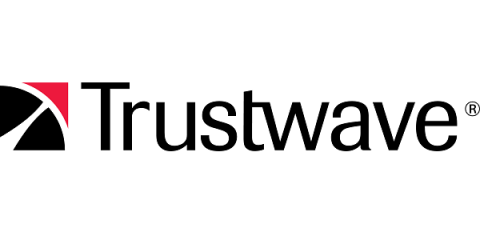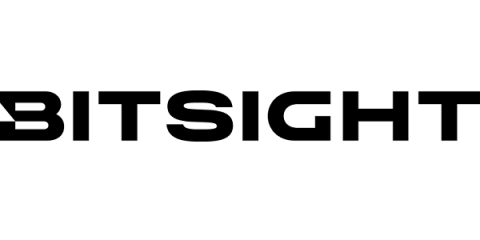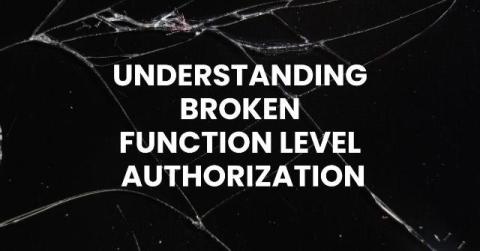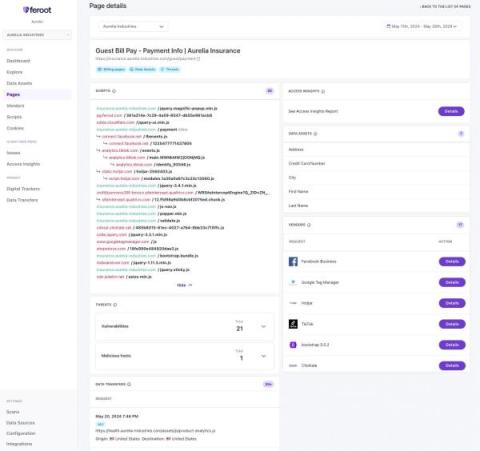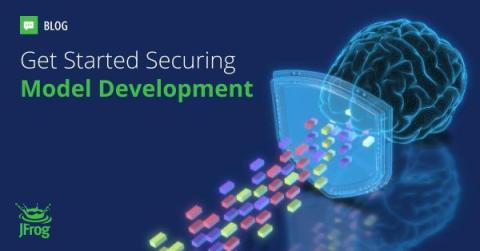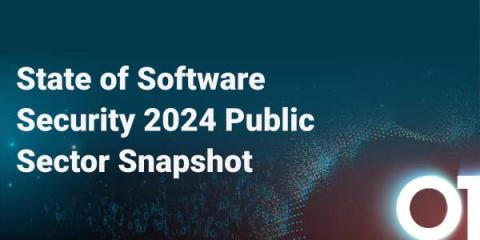Why Active Directory is your security perimeter
Active Directory (AD), a Microsoft Windows directory service, helps maintain a robust security perimeter within enterprise environments. It helps your business enforce security policies, assign permissions and mitigate security risks within the network. Let’s say your business’s IT infrastructure is a fortress, wherein AD acts as the gatekeeper controlling who enters and what they have access to.




